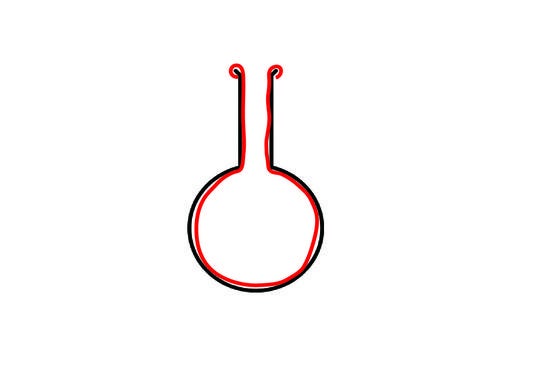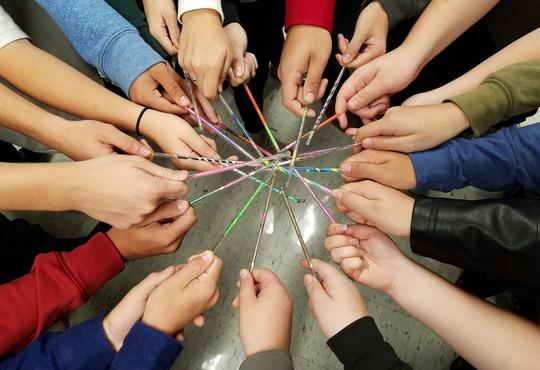How has the aim of high school chemistry changed — and stayed the same — after 102 years? To put the timeframe into context, this is just three years after Rutherford’s gold foil experiment. 
https://onlinelibrary.wiley.com/doi/pdf/10.1111/j.1949-8594.1916.tb01620.x
This excerpt is taken from an article called “The content method and results of the high school course in chemistry”. The article was published in July 1916 in The Chemical News and the Journal of Physical Science and was written by Alexander Smith, Columbia University, New York City.
"It is not our aim to begin the training of chemists, although we are proud of such of our pupils as do become chemists. Nor are we preparing our pupils to enter college, for on an average only about 5 per cent of our graduates enter college, and of these perhaps only 25 per cent continue the study of the science there. Our course is thus to a small extent a foundation for more chemistry and to a large extent a part of a general education. It must help the man to sell life insurance or to take part in business as a clerk and work his way into a higher position. It must help the woman to do good office work, to perform household duties intelligently and to know whether her child has some serious disease or is only imitating some disease while cutting a tooth. It is part of an education for life."







